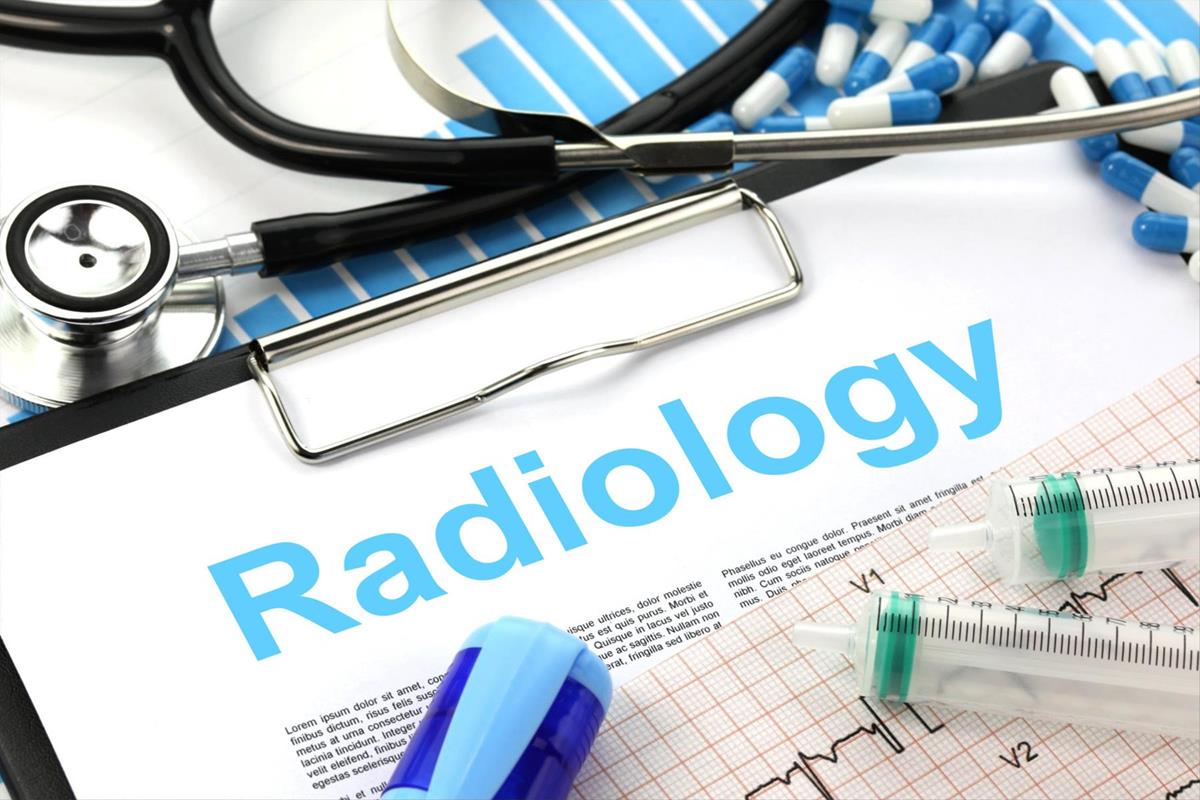According to a breast imaging center called Advanced Medical Imaging, there is an intertwined relationship between radiology and medical imaging. Still, even though the two work hand in hand, they can be differentiated by definitions, medical professionals dealing with them, types, and more. Be sure to check my blog for more.
What Is Radiology?
Radiology is a branch of medicine that uses radiant energy to diagnose and treat different types of diseases. During the diagnostic procedures, your body is scanned by a machine that establishes images to help your doctor understand everything happening inside of you.
Types of Radiology Diagnostic Procedures and Why You Need Them
As a patient, there are several reasons you’ll need radiology procedures. The most common of them is to help your doctor or any other medical professional to identify malfunctions in your body organs. Likewise, you need radiology for preventative measures designed to help your body function well. Traditionally, procedures such as scans, ultrasounds, and x-rays are used to see if your organs, like the heart, are working or behaving normally.
Other radiology procedures known as interventional techniques are recommended, especially since they are less expensive and reduce your need for massive medical procedures like surgeries and more. They are essential in helping you cut costs for expensive medical procedures for conditions like blocked blood vessels and feeding tube placements. They also contain fewer complications, lead to minor discomfort, involve less body cutting or incisions, and are more effective in helping you improve and heal quickly.
Radiology procedures like mammograms help to prevent chronic infections like cancers, especially breast cancers when performed during the early stages of the disease. However, no matter the type of procedure, every radiology diagnostic technique aims to take a deeper look inside your body to know how it’s working and if there have been any changes that may raise health concerns. Other radiology procedures to keep in mind include:
MRI or Magnetic Resonance Imaging
MRI is a radiology diagnostic technique that uses powerful magnetic fields and radio waves to create images inside your body. Unlike other methods like CT scans, where your bones and blood vessels are evaluated for infections, magnetic resonance is more powerful since it has the ability to test and evaluate better your internal organs, especially the soft tissues like the spinal cord and nerves. An MRI also tests and assesses essential organs like muscles, the brain, breasts, tissues, and tendons.
Ultrasound
This radiology diagnostic method uses acoustic energies or sound waves to create moving images from your body. It’s best known for testing and examining pregnancies designed to look at fetuses to see any arising medical concerns. Moreover, Ultrasound is suitable for testing and better understand conditions like breast cancers and heart failure. When used to diagnose breast cancers, ultrasound perfectly distinguishes breast tissues separately into large ones called masses and small ones called cysts. For heart conditions, the radiology ultrasound used is typically called an echocardiogram. An echocardiogram is used to significantly understand the health and functioning of heart valves, their motion, and heart linings. A radiology procedure can be done with a medical tool called a transducer placed on your skin overlying the heart or threaded into your esophagus.
What Is Medical Imaging?
In simple terms, medical imaging is a medical technology rather than a branch of medicine used to diagnose different diseases. It’s a technology that uses various techniques to view your body to identify the cause of infections, monitor them, and help in finding suitable treatments. Each type of specialized technique usually provides specific information about the area of your body being tested, treated, or studied. Medical imaging also checks for the possibilities of a particular disease, injuries, or the effectiveness of treatments.
How Does Medical Imaging Work, and Why Do You Need It?
Generally, medical imaging is used to view your body to identify the possibility of any diseases. Likewise, once a disease is diagnosed, the images help monitor and treat it.
Most Common Medical Imaging Modalities You Should Know
Typically, there are many medical imaging procedures, but the most common ones include X-rays, CT scans, digital mammography, and nuclear medicine tests. Moreover, among all these, x-rays or radiographs are the most popular for a good reason.
Radiographs are popular because they are safer than others considering it uses light to create images of your body’s interior structures. It also has the incredible ability to safely penetrate your skin to reveal growths and injuries without adverse effects. They can be done in any position, take any structure of your body organs, and are nearly safe for people of all ages.

